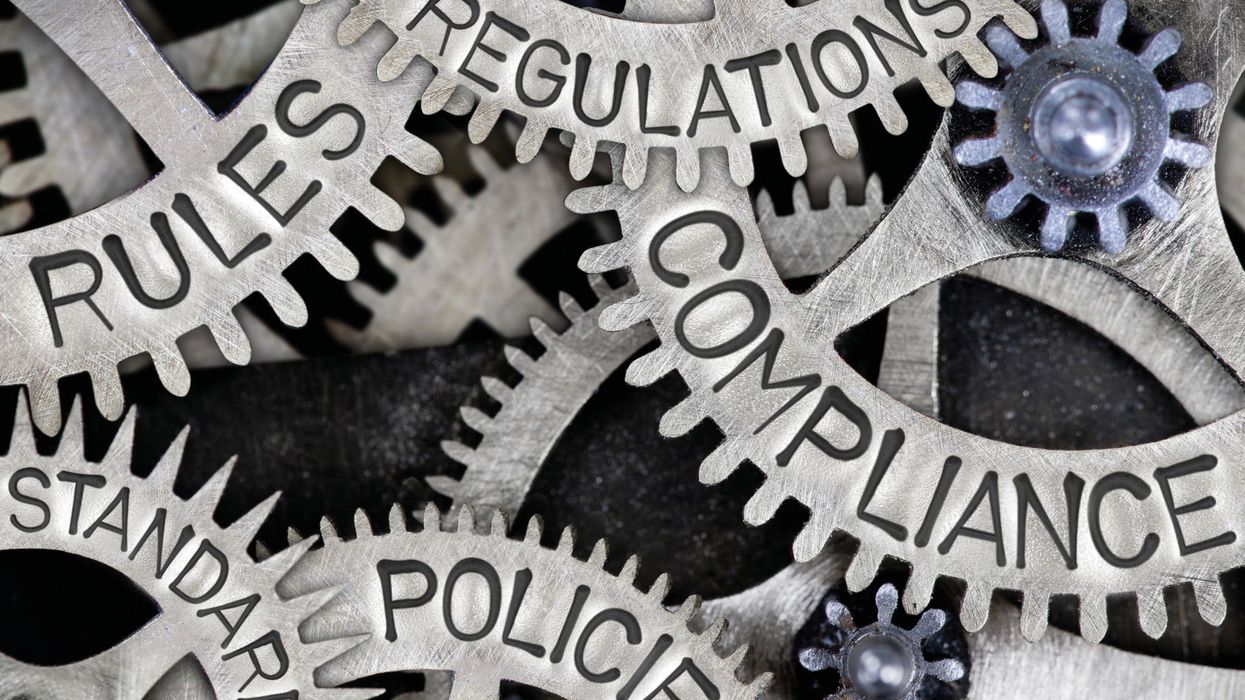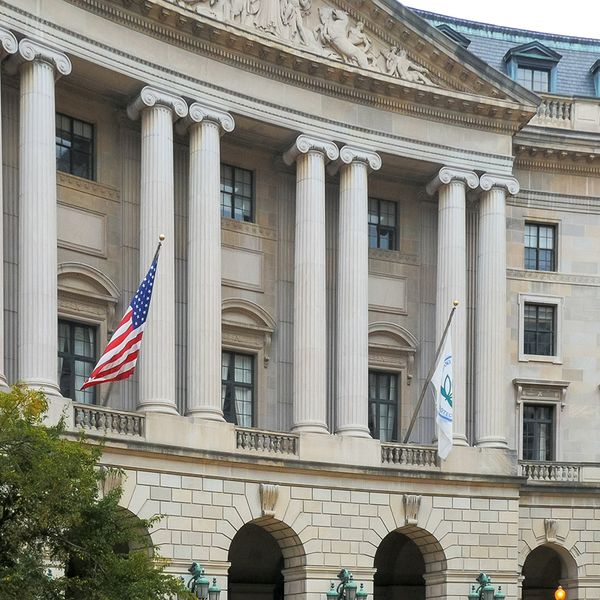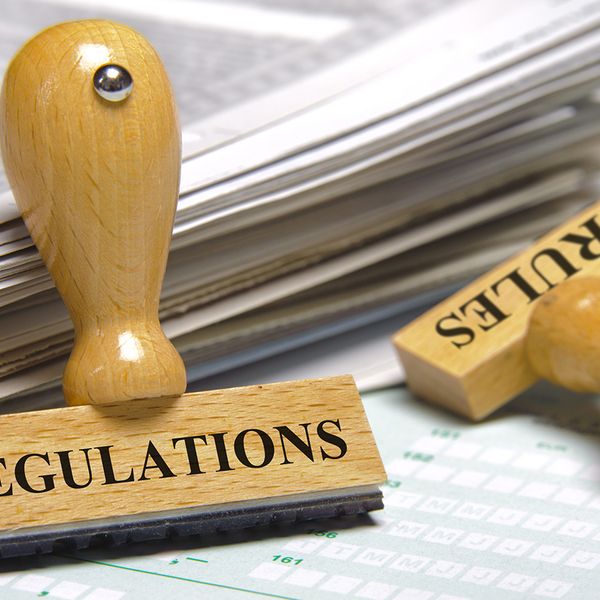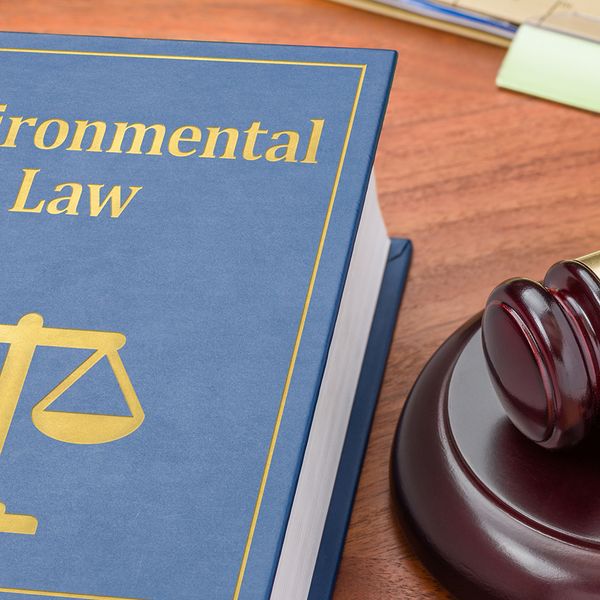EPA’s 2024-27 national enforcement targets: 6 initiatives in the bull’s-eye
The Environmental Protection Agency (EPA) develops regulations to implement the environmental laws established by the U.S. Congress, and the agency also enforces them. The standards work to eliminate or control significant risks, so noncompliance with the regulations can have devastating effects on communities and endanger the health of people and the environment.
Formal enforcement remains the key tool EPA uses to address and deter serious noncompliance. However, the agency’s resources aren’t unlimited. So, through National Enforcement and Compliance Initiatives (NECIs), EPA focuses its enforcement resources on the most serious violations that typically require additional resources and a coordinated effort among the agency and its state partners.
After achieving some of the highest enforcement levels in years during fiscal year (FY) 2023 (i.e., October 1, 2022, to September 30, 2023), EPA’s new cycle of initiatives is underway. Let’s look at each compliance initiative.
EPA’s enforcement targets
For FYs 2024 to 2027, EPA selected six NECIs that address environmental problems related to air, water, and toxics.
1. Mitigate climate change.
The initiative addresses three contributors to climate change, including:
- Methane emissions from oil and gas facilities,
- Methane emissions from landfills, and
- Hydrofluorocarbons (HFCs).
Widespread noncompliance in the above areas is well-documented, which means thousands of tons of pollutants may have been emitted beyond lawful limits. The agency will focus on enforcing long-standing air emissions requirements, like New Source Performance Standards, and any relevant regulations developed. Additionally, EPA will ensure the phasedown of harmful HFCs remains on the schedule required by the American Innovation and Manufacturing Act.
2. Address per- and polyfluoroalkyl substances (PFAS) exposure.
PFAS are toxic and persistent chemicals. The agency’s key goals in addressing exposure to the chemicals are to:
- Achieve site characterization of PFAS contamination,
- Control ongoing PFAS releases that pose a threat to the health of humans and the environment,
- Ensure compliance with permits and other agreements regarding PFAS contamination, and
- Address endangerment issues that arise.
EPA will take additional enforcement actions where appropriate beginning in FY 2025.
3. Protect communities from coal ash contamination.
Coal ash has many contaminants, like mercury and arsenic, that pose serious health effects. The Resource Conservation and Recovery Act regulates facilities that generate coal ash, but EPA has found widespread noncompliance among the facilities. To address this issue, the agency will:
- Conduct investigations at regulated facilities;
- Take enforcement actions at facilities in violation; and
- Protect and clean up contaminated groundwater, surface water, and drinking water resources.
4. Reduce air toxics in overburdened communities.
Carried over from the previous initiative cycle and modified, this initiative originally centered on violations of the National Ambient Air Quality Standards for ozone, specifically emissions of volatile organic compounds and hazardous air pollutants (HAPs) that contribute to ozone.
The new initiative prioritizes reducing emissions of air toxics in communities with higher levels or multiple sources of toxic air emissions (referred to as overburdened communities) from HAPs.
5. Increase drinking water standards compliance.
EPA continued this initiative from the preceding NECIs, which was designed to ensure that Community Water Systems (CWSs) complied with the Safe Drinking Water Act. While compliance improved among the regulated systems (about 50,000 total), CWSs continue to violate drinking water standards.
The agency will:
- Increase its field presence,
- Use strategic enforcement to reduce noncompliance, and
- Provide more compliance assistance.
6. Reduce chemical accident risk.
The final initiative was also carried over since EPA found that many facilities regulated under the Clean Air Act’s Risk Management Program weren’t sufficiently managing the posed risks or ensuring the facilities were safe.
The initiative focuses on conducting inspections for noncompliance with risk management requirements, specifically for anhydrous ammonia and hydrogen fluoride, both of which are extremely hazardous substances that pose high risk to communities. The agency will address violations and hold facilities criminally responsible.
How does this impact your facility?
If any of the NECIs involve regulations covering your facility, expect stronger enforcement actions, such as more frequent inspections and investigations, especially if the facility is in an overburdened community.
Remember that EPA enforces all environmental standards, not just the prioritized compliance initiatives. Maintaining compliance with all regulations helps your business:
- Protect the health of communities and the environment where your facilities operate;
- Avoid potential legal costs, monetary penalties, and costly, time-consuming corrective actions; and
- Prevent damage to your company’s reputation.
Key to remember: EPA’s 2024 to 2027 National Enforcement and Compliance Initiatives target compliance with certain regulations related to air, water, and toxics.






























































